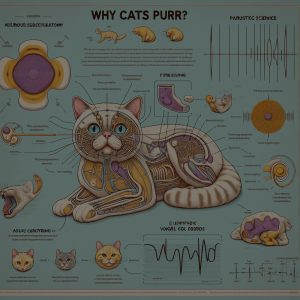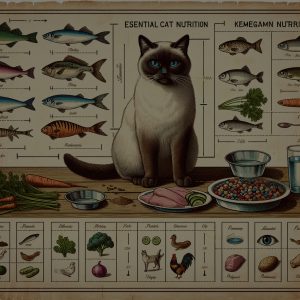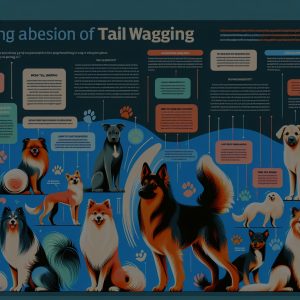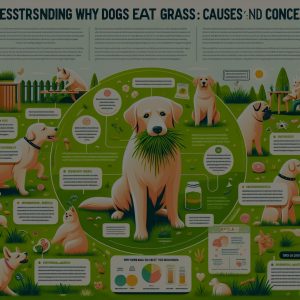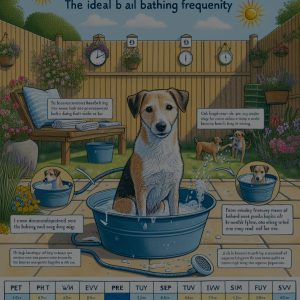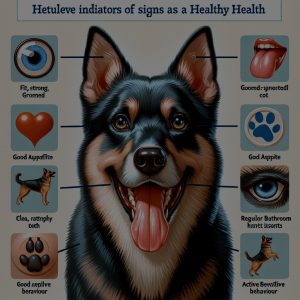
Choosing the best nutritional food for your dog is crucial for ensuring their health, longevity, and overall well-being. With a plethora of options available in the market, it can be overwhelming to decide the most suitable diet for your furry companion. This guide aims to shed light on understanding your dog’s nutritional needs, evaluating commercial dog food, considering homemade alternatives, and transitioning to a new diet seamlessly.
Understanding Your Dog’s Nutritional Requirements
Understanding your dog’s nutritional requirements begins with recognizing that dogs are omnivores, meaning they need a balanced diet of proteins, carbohydrates, fats, vitamins, and minerals. Proteins are vital for muscle development and repair, and they can be sourced from meat, fish, and eggs. Carbohydrates provide energy, while fats are essential for healthy skin and coat, as well as overall cellular function.
Different life stages and breeds have varying nutritional needs. Puppies, for instance, require more protein and calories than adult dogs to support their rapid growth and development. Senior dogs might need fewer calories but more fiber to aid digestion. Additionally, specific breeds may have predispositions to certain health conditions that require tailored nutritional plans.
Consulting with a veterinarian is crucial in determining the precise dietary needs of your dog. A professional can assess your dog’s age, weight, activity level, and health status to provide a personalized nutrition plan. Regular check-ups and monitoring are also important to ensure that your dog’s diet continues to meet their changing needs over time.
Evaluating Commercial Dog Food Options
Evaluating commercial dog food options involves understanding the different types available: dry kibble, canned wet food, and semi-moist varieties. Dry kibble is the most popular due to its convenience, cost-effectiveness, and dental health benefits, as it helps to clean teeth. Canned food is often more palatable and can provide higher moisture content, which is beneficial for hydration, especially in dogs that do not drink enough water.
When choosing commercial dog food, it’s essential to scrutinize the ingredient list. Look for high-quality, named protein sources such as chicken, beef, or fish. Avoid products with vague terms like “meat meal” or “animal by-products.” Additionally, the inclusion of whole grains, vegetables, and fruits is a positive sign of a well-rounded diet. Be wary of artificial additives, preservatives, and excessive fillers, such as corn and soy.
Understanding the nutritional adequacy statement on the packaging can also guide your choice. This statement, regulated by the Association of American Feed Control Officials (AAFCO), indicates whether the food meets the nutritional levels required for the specific life stage of your dog. Opt for products that have undergone feeding trials rather than those formulated through nutrient profiles alone.
The Benefits of Homemade Dog Food
Homemade dog food offers the advantage of complete control over the ingredients and quality of your dog’s diet. By preparing meals at home, you can ensure that your dog is receiving fresh, wholesome ingredients free from preservatives and artificial additives. This can be particularly beneficial for dogs with food sensitivities or allergies, as you can eliminate potential triggers from their diet.
Another significant benefit is the ability to tailor the diet to your dog’s specific health needs. For example, if your dog requires a low-sodium diet due to heart issues or needs a specific ratio of nutrients to manage diabetes, homemade food allows for precise adjustments. Additionally, the inclusion of a variety of fresh ingredients can improve the palatability and enjoyment of your dog’s meals.
However, creating a balanced homemade diet requires a thorough understanding of canine nutrition. It is advisable to consult with a veterinary nutritionist who can help formulate a balanced meal plan and recommend necessary supplements. Regular monitoring and adjustments based on your dog’s health status and lifestyle changes are also critical to ensure ongoing nutritional adequacy.
Tips for Transitioning to a New Diet
Transitioning to a new diet should be done gradually to avoid gastrointestinal upset and ensure your dog adjusts well to the new food. Begin by mixing a small amount of the new food with the current diet. Gradually increase the proportion of the new food while reducing the old food over a period of 7-10 days. This slow transition helps your dog’s digestive system adapt and reduces the risk of diarrhea or vomiting.
During the transition period, observe your dog closely for any signs of adverse reactions, such as changes in stool consistency, vomiting, or skin irritations. If any of these symptoms occur, it may be necessary to slow down the transition process or consult with a veterinarian. Additionally, maintaining a consistent feeding schedule and ensuring access to fresh water is crucial during this time.
Lastly, ensure that the new diet is balanced and meets all of your dog’s nutritional requirements. Whether you are switching to a different brand of commercial food or introducing homemade meals, it is important to verify that the new diet is complete and appropriate for your dog’s age, breed, and health status. Regular veterinary check-ups can help monitor your dog’s response to the new diet and make any necessary adjustments.
Choosing the best nutritional food for your dog is an ongoing process that requires careful consideration and regular monitoring. Understanding your dog’s unique nutritional needs, evaluating commercial food options, and considering the benefits of homemade diets are essential steps in providing optimal nutrition. With the right approach and professional guidance, you can ensure that your beloved companion enjoys a healthy, balanced diet that supports their overall well-being and longevity.

